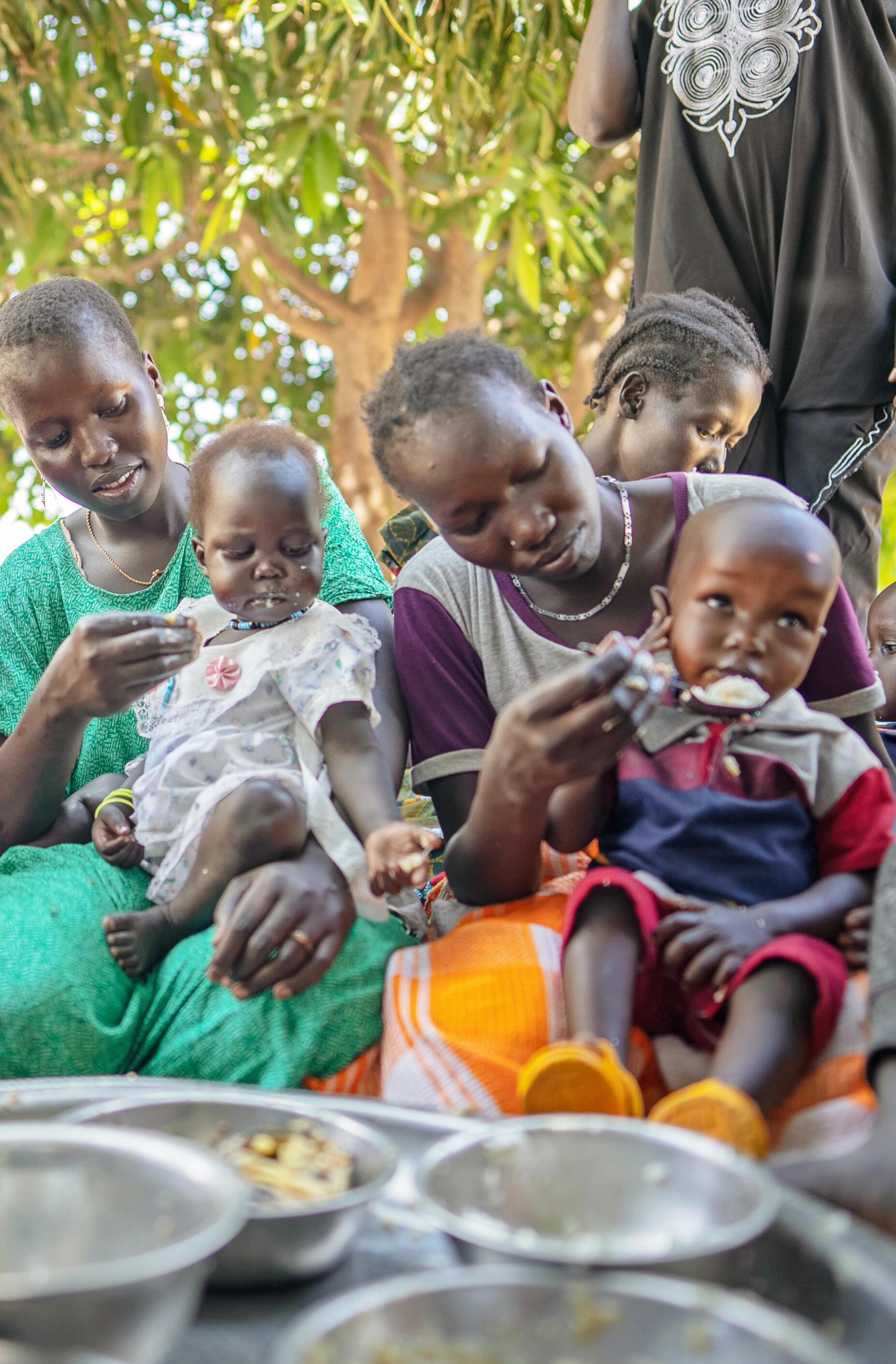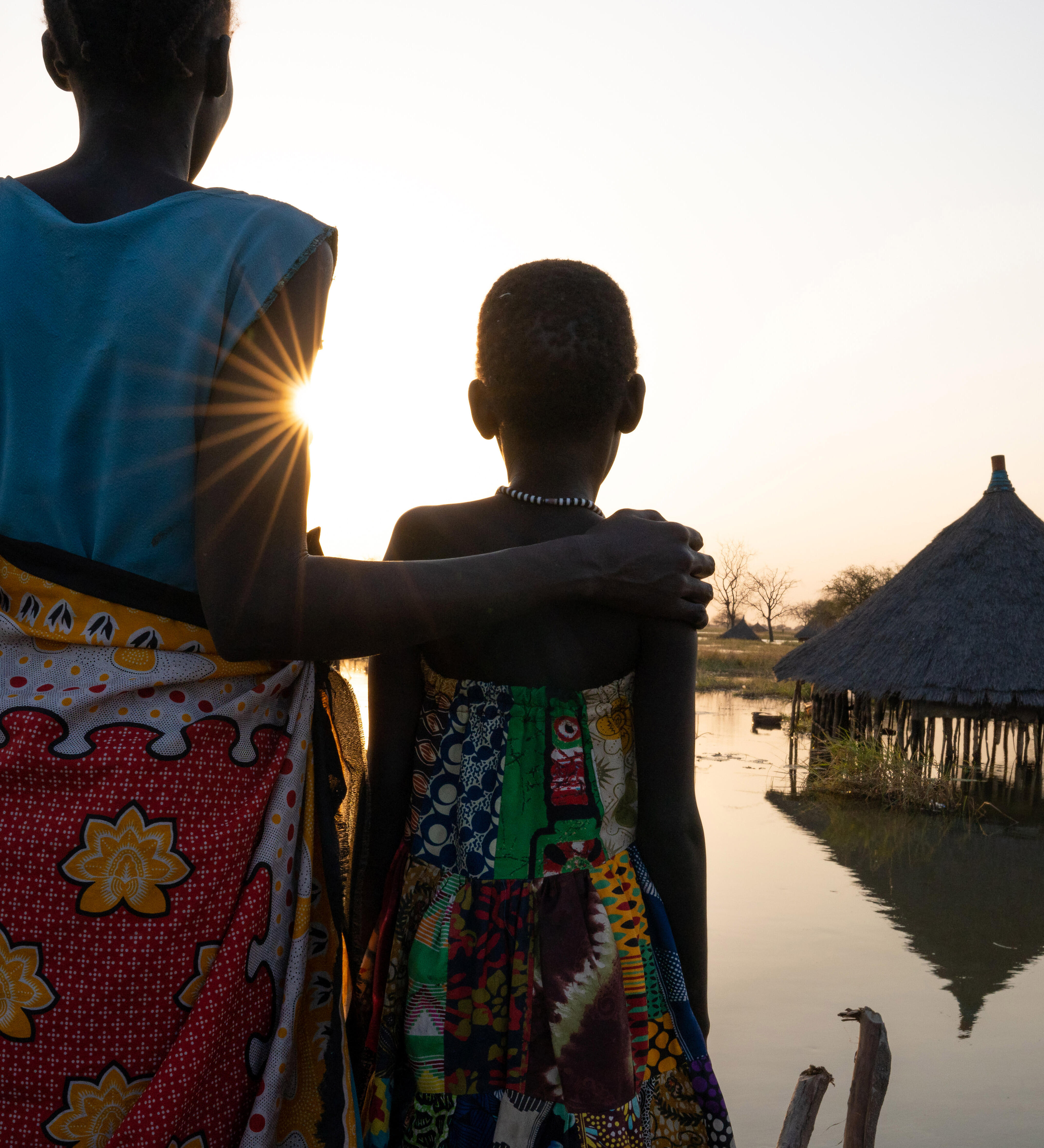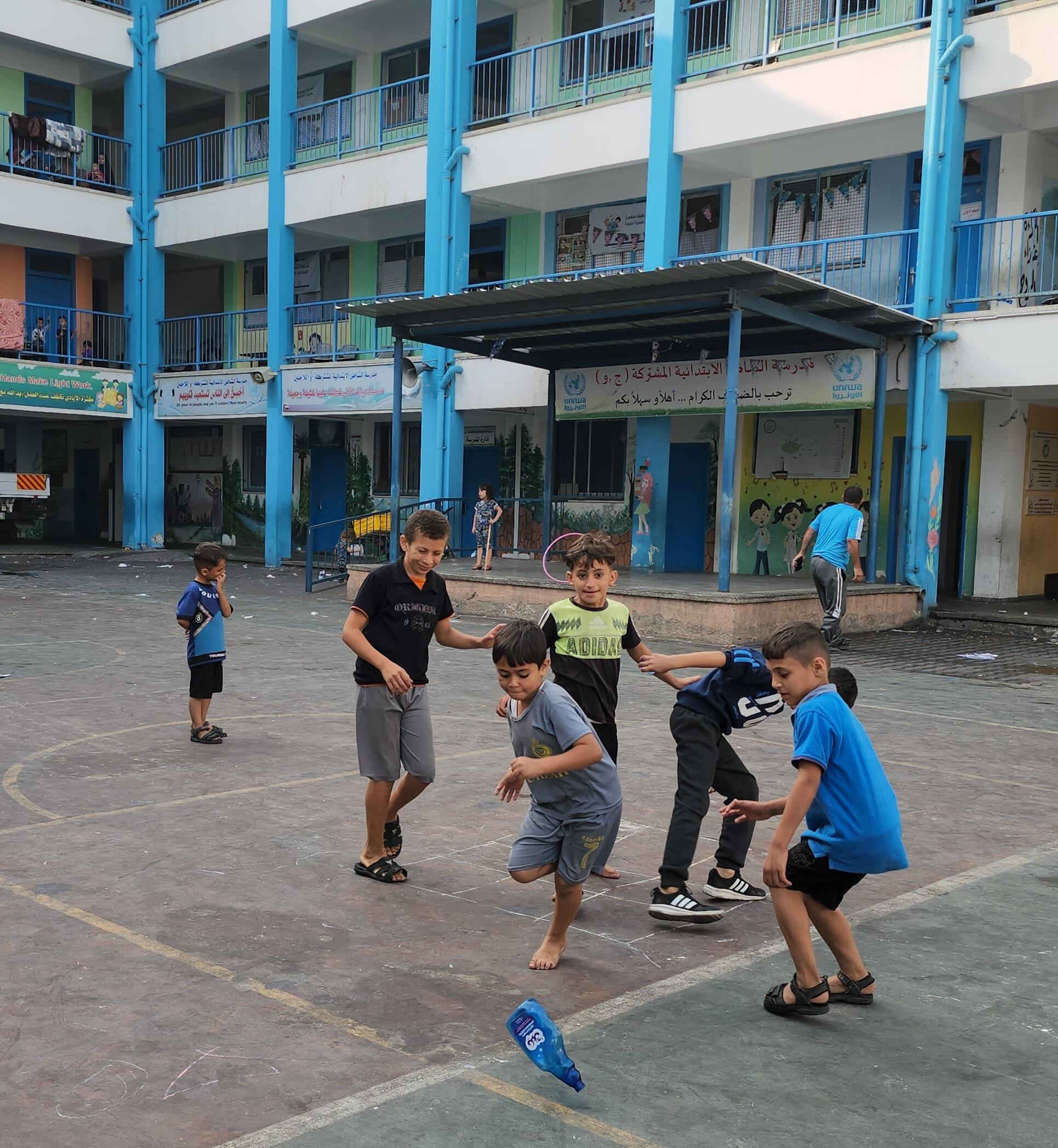Overview of risks
Children face multiple, overlapping environmental hazards
While environment-attributable child mortality in the communicable and neonatal categories has decreased, high rates of non-communicable diseases related to environmental factors are found worldwide. Addressing environmental risks requires looking at both traditional issues linked to poverty and those that have emerged largely because of industrialization. Some of these risks are immediate, while others may take years to show the extent of their impacts on health and development.
Traditional hazards include household air pollution, lack of access to safe water and sanitation, as well as vector-borne diseases. While there has been significant progress in reducing poverty-related environmental risks in recent decades, greenhouse gas emissions and industrialization-related pollution have steadily increased. Environmental pollution and climate change, as well as hazards in the built environment, are major threats to children’s health and development.
More than 1 million
children under the age of five die every year because of unhealthy environments
From asbestos to cigarette smoke and diesel exhaust, each decade brings new revelations about the damaging health effects of toxic substances. Tens of thousands of chemicals – including three thousand produced in high volumes – now circulate through our water, air, soil, food and other products. The potential health effects of the vast majority of these chemicals on children have never been tested. The WHO has identified 10 chemicals (or groups of chemicals) that are of major public health concern: air pollution, arsenic, asbestos, benzene, cadmium, dioxin and dioxin-like substances, excess fluoride, lead, mercury and highly hazardous pesticides. Some environmental hazards can also arise naturally, as with arsenic in drinking water. Scientists and regulators are working to understand the spread of chemicals that are ‘persistent’ (remain in the environment for a long time), or ‘bioaccumulative’ (build-up in body tissue), and toxic (PBTs).
Food can also contain a wide range of contaminants ranging from natural moulds and mycotoxins to chemicals like methylmercury, pesticides, persistent organic pollutants and other contaminants that have never been studied for their potential toxicity. Contamination can arise from chemicals in soil or livestock feed. It can also happen when chemicals are ingested by fish or animals that humans then eat. Or, chemicals can be introduced through processing and packaging, by using pesticides and fertilizers, or through adulteration of food or spices to add colour or weight.
E-waste, medical waste, landfills and household waste, and unsafe recycling are major sources of toxic environmental exposures. These sites can expose children to heavy metals and a range of toxic chemicals. Children who work at waste and recycling sites or live nearby are at particular risk.
Additionally, antimicrobial resistance (AMR) is steadily growing around the world making many infectious diseases more difficult to treat and increasing the costs of hospitalizations and treatment, the risk of spreading such diseases and the risk of death.


Globally, approximately 1 billion children – nearly half of the world’s children – live in countries that are at an ‘extremely high-risk’ from the impacts of climate change, according to the UNICEF’s Children’s Climate Risk Index. These children face a deadly combination of exposure to multiple shocks and stressors. Climate change is one of the gravest threats facing humanity. Pregnant women, newborns and children face distinct risks from climate change-related health impacts, due to a host of physiological, clinical and behavioural factors.
A child born today will face an increased risk from severe floods, prolonged droughts, heat stress and wildfires on a planet that will be, on average, over 4 degrees Celsius warmer by their 71st birthday. As temperatures go up, harvests will shrink, leading to food insecurity and higher food prices. Children will suffer the most through associated health problems such as malnutrition, stunted growth, weak immune systems and long-term developmental problems. Children are particularly susceptible to infectious and vector-borne diseases, such as malaria and dengue, which rising temperatures and changing rainfall patterns will leave in their wake. Regular bouts of diarrhoea and infections take a toll on children’s long-term physical and mental development.
Fossil fuel combustion and rising temperatures mean a child born today will breathe more toxic air. Children’s mental health is also sensitive to the shocks and stresses that climate change brings. Severe weather events may destroy or disrupt infrastructure critical to children’s well-being, including schools, health facilities and transport. Droughts and flooding can destroy crops, disrupt water systems and contaminate water reserves. Climate change and water scarcity can cause people to dig deeper in search of water where it can have higher proportions of harmful components, such as arsenic and salts.
The built environment refers to human-made surroundings ranging in scale from buildings and parks to neighbourhoods and cities, often including their supporting infrastructure. The built environment can create risks for children’s health as well as offer opportunities for health promotion. The built environment encompasses the systems that bring us water and electricity, sanitation facilities, the roads, bridges and transportation systems we use, and the waste removal system. Structures and systems that children use like health care facilities, daycare centres, schools and homes should be safe, green and resilient.
Injury and violence are among the leading causes of death for children, adolescents and youth aged 5 to 24. Injuries include road traffic injuries, drownings, burns and falls – resulting from unsafe infrastructure and physical space. Additionally, only around one-third of the people in Africa and Asia who live in urban areas have access to public spaces within 400 metres of walking distance along a street network. Investment in ‘green’ spaces (e.g., public parks, playgrounds, community gardens) and ‘blue’ spaces (e.g., ponds, lakes or streams) — especially in urban areas — promotes active lifestyles and health.
